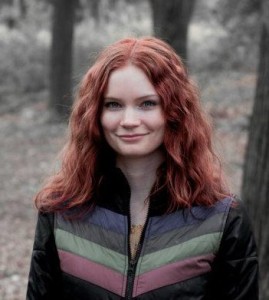The Five, by Hallie Rubenhold: The “five” are the five known victims of Jack the Ripper, with virtually no attention to their deaths themselves and a pure focus on their lives, which were bleak. I appreciate the author’s intentions to focus on the women as people rather than victims, but have to admit that I wouldn’t have minded a bit more information about the aftermath and investigations. There are other books for that, though.
The Book of M, by Peng Shepherd: Everyone loses their shadows and, subsequently, their memories. A premise not unlike that of Saramago’s Blindness, but even more speculative. It took me some time – maybe the first fifty pages – to be drawn in, but then the braided narratives (three, or four, depending on your definition) grew more compelling. It felt very cinematic – the thing it reminded me most of is The Walking Dead, with “shadowless” instead of “walkers” and without the element of contagion, but similar in the small bands of survivors coalescing into different sects with widely varying strategies for living in a dystopia. Ultimately, it was too far into the fantasy realm for me – I’m very into speculative and dystopian fiction but prefer that the unrealistic conceit, if there is one, is a starting point or backdrop rather than an integral and developing part of the plot. The fantastical elements did yield some captivating images, but they (the fantasy plot parts) were much more at the forefront than I would have preferred.
Little Secrets, by Jennifer Hillier: Whew this was a ride. Extremely readable and well-plotted, though the character motivations weren’t always fully realized. Even though it required a little more suspension of disbelief than some thrillers, I finished it in two days and didn’t figure out the specifics of the plot even when I thought I was onto them.
The Ballerinas, by Rachel Kapelke-Dale: I am ever hopeful for a quality ballet thriller, or even non-thriller, especially after being disappointed by The Turnout. Sometimes I think I’ll just reread all of my middle grade and YA performing arts novels instead of facing disappointment. And…though categorization isn’t always useful and genre lines are often blurry, it may be that this book could have been marketed as a YA novel – and that’s why it worked for me. Or, rather, it was its hybrid quality that landed so well – dual timelines, one following adolescent ballerinas and the other their adult counterparts. That said, there were revelations (in internal monologue) toward the end of the book that felt overwritten, didactic – the themes and conclusions that a reader should have been able to draw from the events were made too explicit. It may be that I’m turning a harsher eye to that element because it reminds me of flaws in my own writing, but there were too many sweeping statements, too many ideas tied up neatly and presented to the reader.
In My Dreams I Hold a Knife, by Ashley Winstead: It seems that either something about the pandemic made everyone want to write about murderous college students or I started sourcing book recommendations from a different sphere. I can confirm that I broadened my search for new reading material, but I don’t think that fully accounts for just how many murderous college students populate current literature (nor do I think the dark academia/resurgence of The Secret History adequately account for it). This was a slightly strange blend of nuance and camp, trope and surprise.



